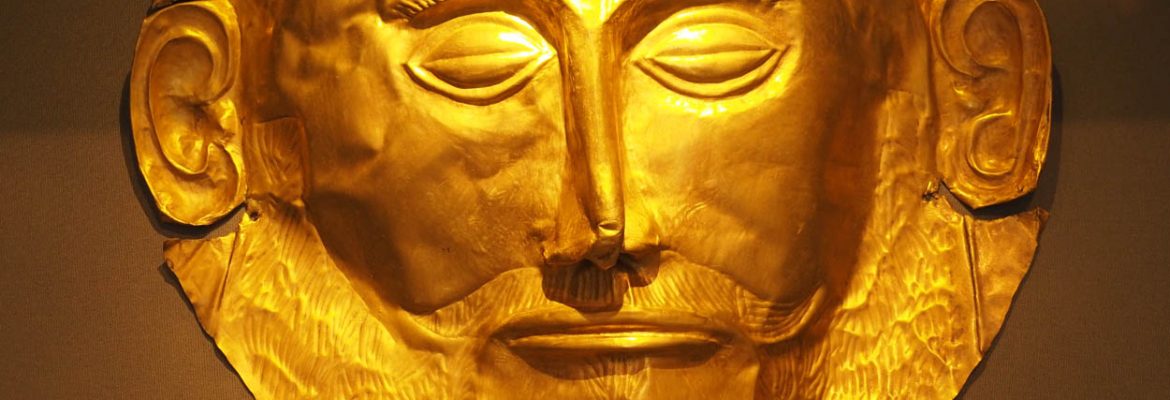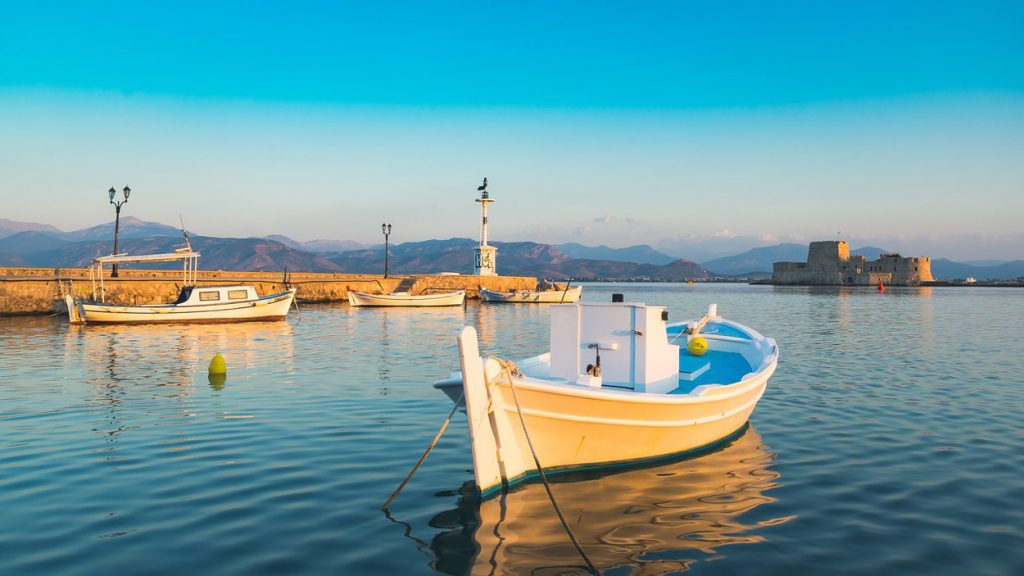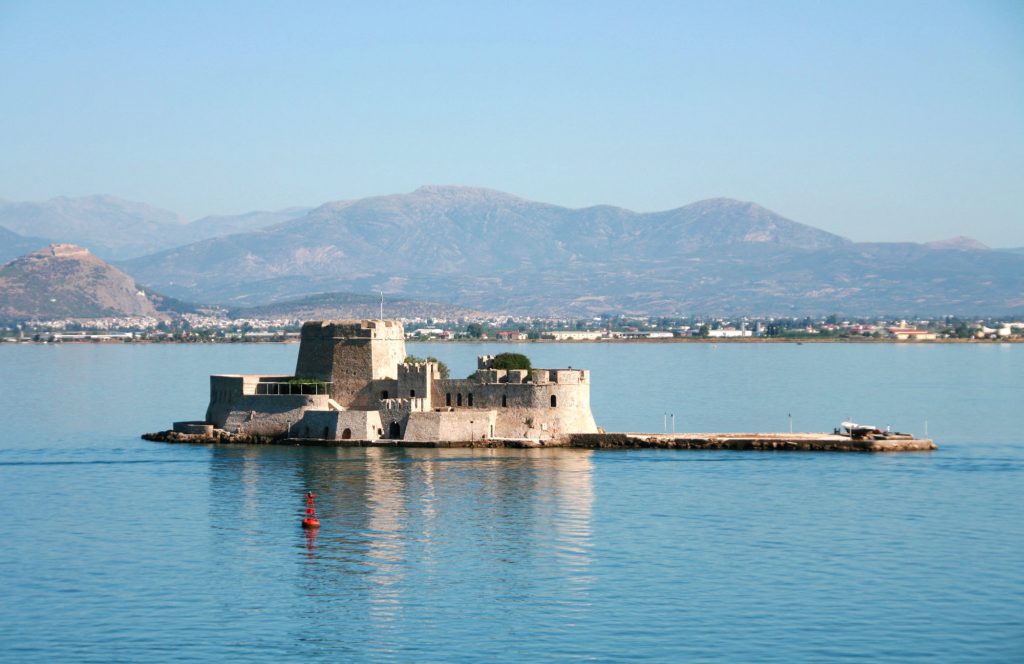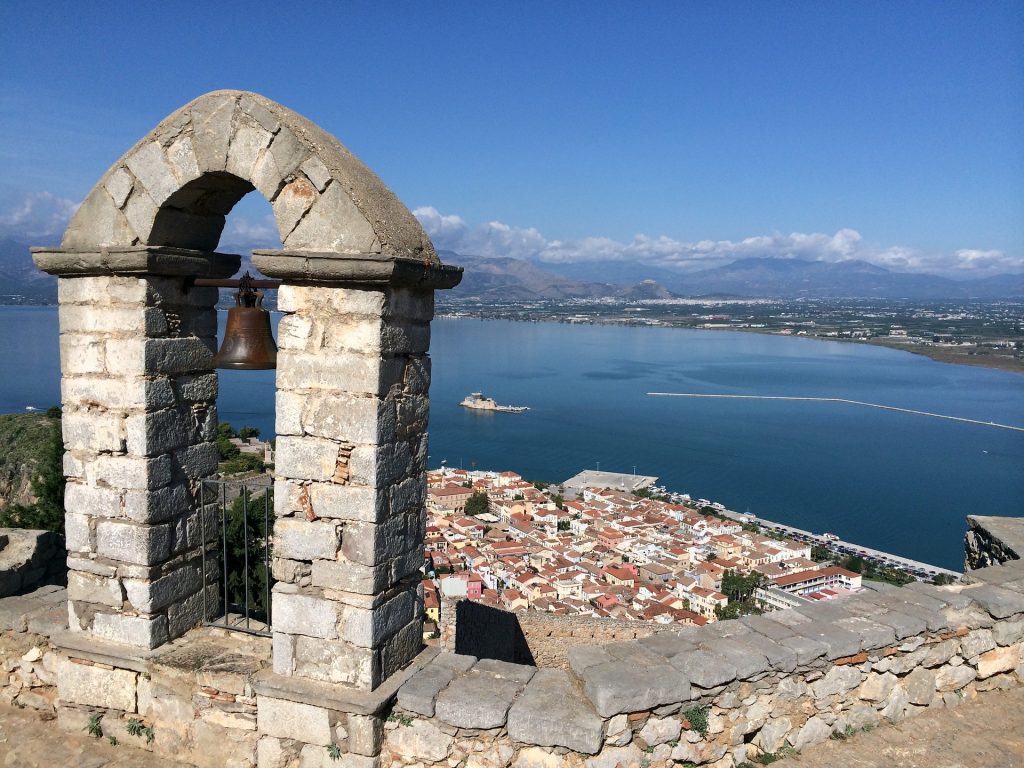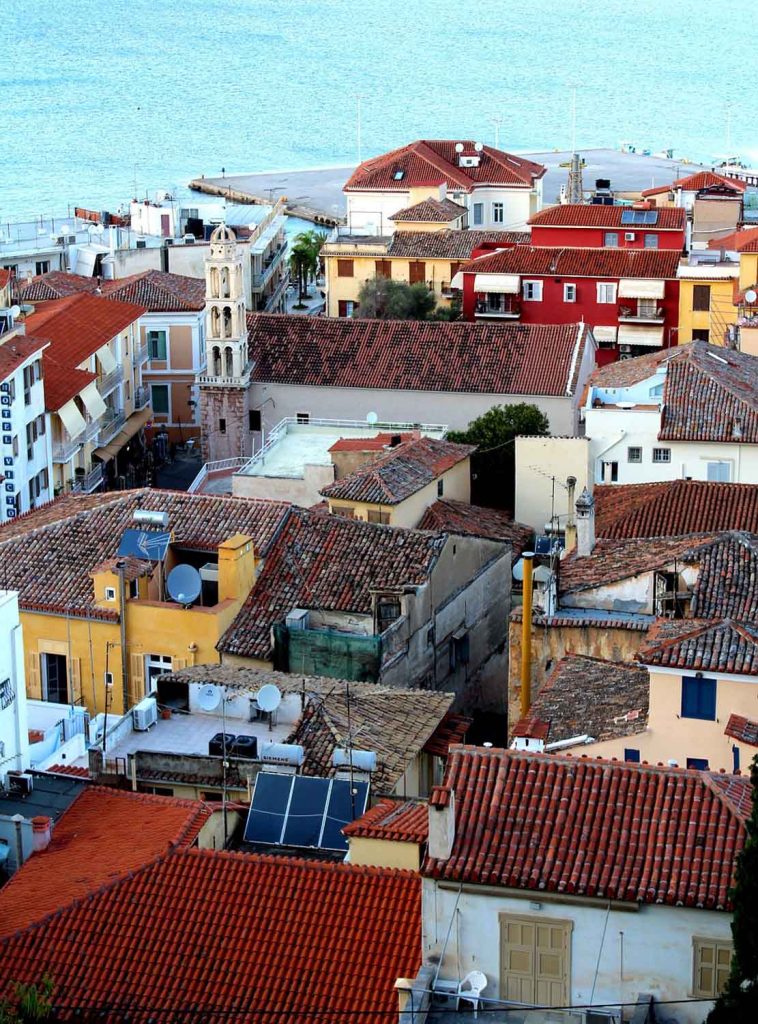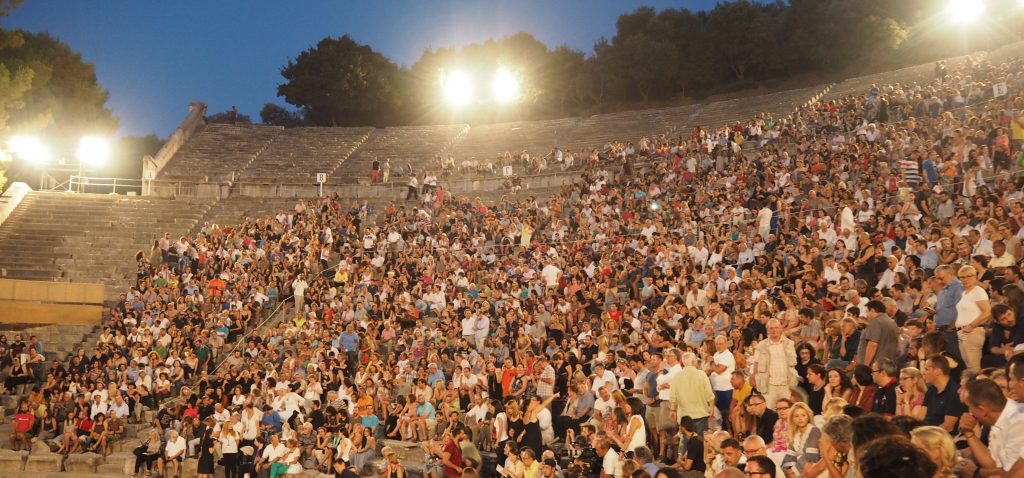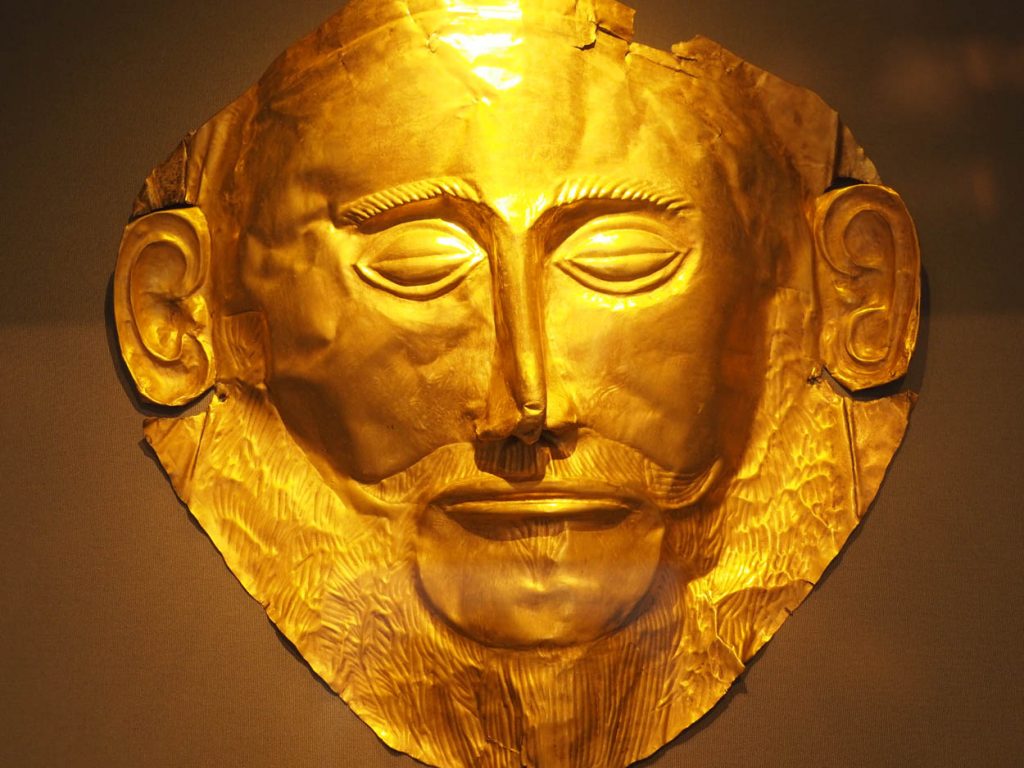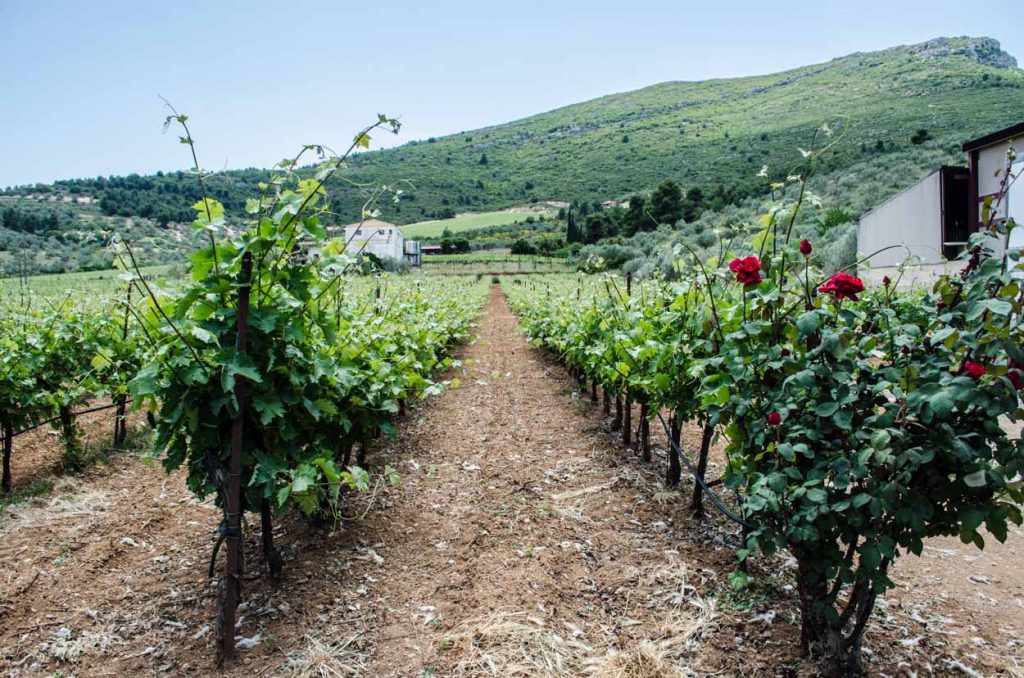Nafplio, in the Peloponnese is arranged beautifully on the Argolic Gulf. One of Greece’s most romantic cities, where centuries of history intertwined in an unusually dramatic natural setting, providing the rich backdrop for a vibrant local cultural scene — art, design, and plenty of quality places for a fine meal or a relaxing glass of wine, always with stunning views. Lets embark on journey to discover the artistic side of Nafplio and its deep cultural roots.
The Artistic Side of Nafplio and its deep Cultural Roots
Nafplio through the ages
Established in antiquity, known then as Nafplia. Its location is not just gorgeous but strategic — the city was an important seaport throughout the middle ages, a ruling city of the region in partnership with Argos during the Frankish rule of Morea– name of what we know today as the Peloponnese.
Held initially by the de la Roche family, it later fell under the control of the Republic of Venice, before falling to the Ottoman Empire. After the revolution, when the Hellenic Republic was established in 1921, Nafplio served as the first capital of the nation, until 1834.
Its most famous sights
The city has a dramatic topography, arranged on a cape, and crowned with the Palamidi fortress, arranged along the side and top of a high hill above the city. The fortress was started by the Venetians in the early 18th century. It’s reached by 857 steps, and the view gets better with each one.
Another distinctive monument is the Bourtzi Castle, whose fairytale charm is reflected in the sea — it takes up the whole of its tiny island just off the harborfront. It’s Venetian, built in 1473, and originally named Castello dello Soglio (its Turkish name “Bourtzi” stuck- it means ‘Island-Fort’). Another monument in the city dates from the Ottoman years, the Trianon mosque, from the second half of the 16th C. That, of course, is not its Turkish name — it later housed a cinema- the Trianon, and more recently it has housed the municipal theater. Another mosque on the square, built in 1730, had a more illustrious history, serving as the first Parliament building of Greece.
Traditional charms
Apart from these landmarks, the narrow alleys of the old town are awash in color and charm, lined with two story buildings of traditional architecture with tiled roofs and painted shutters and bougainvillea spilling from balconies.
Sociable culture
Follow these alleys to Syntagma square- the large and handsome plaza, then continue on to the seafront to enjoy the city’s convivial charms, where the contemporary finds expression and depth in historic settings. Just outside of town is another perfect example of this, it’s just at the edge of town. An old canning factory has been converted into an exciting venue for culture and entertainment.
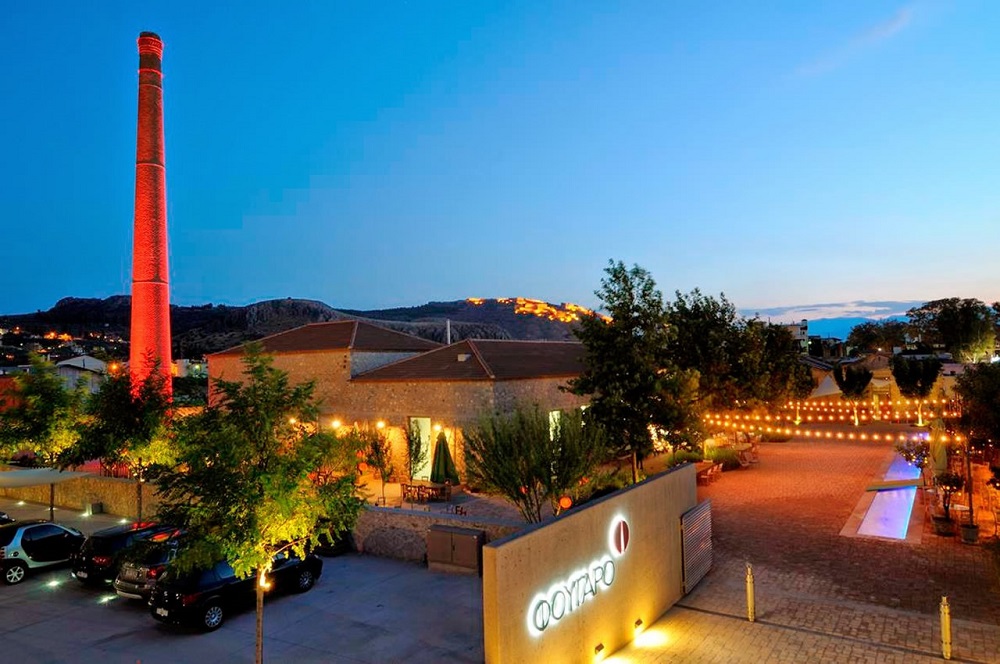
The Fougaro – once the tomato canning factory “Anthos” is now a multi space hosting exhibitions and concerts, art workshops, and even a library for art and science. The rustic authenticity is also the setting for its café and art shop. Through November 25, 2018, the Fougaro is hosting an exciting event that brings together fashion, art, and the tradition of Greek textiles. The designer Tseklenis is being celebrated in a retrospective exhibition of his creations, organized with the cooperation of the Peloponnesian Folklore Foundation.
Cultural excursions
There is plenty to keep a visitor busy right in Nafplio, but the region is full of exciting destinations for an excursion, especially for those with a love of archaeology and the history of ancient Greece. Chief among them is a place that also plays an active role in the cultural life of Contemporary Greece- the late 4th century BC theatre of Epidaurus, near the sanctuary to the god of Healing, Asclepius, once held theatrical and musical events in his honor.
The Ancient Greeks thought that culture had a beneficial effect on spiritual health- and so do we, today. Epidavros hosts many performances each year- both of classical theater and other more modern productions. Mycenae, one of the most significant archaeological sites in all Greece is also nearby; this was the richest palatial center of Late Bronze Age Greece (about 1600 – 1100 BC). We know it today as home of legendary Agamemnon, who led the united Hellenes to Troy in quest of Helen. The findings from the site include the famous gold marks, and the Lion’s gate will be a familiar site to visitors.
Nemea, another ancient sanctuary, was the site of the pan-Hellenic games from the 6th century BC to the third century. The Temple of Nemean Zeus (God of shepherds and shepherding, not the god of all gods ). The ruins are splendid and so is the setting, and there is an excellent small museum on site. Of course, for many oenophiles, Nemea is already very familiar- Nemea is home to the indigenous grape variety Agiorgitiko, and many excellent wineries, including a cooperative winery, representing 1100 growers. This is an excellent wine tourism destination too- the soil around Nafplio appears to be rich in beauty, in culture, in history, and not least, in grapes.
We hope that you enjoyed reading about the artistic side of Nafplio and its deep cultural roots. Do you enjoy combining sophisticated urban pleasure with archaeology and the beauty of the countryside? Have you ever been to the Peloponnese?

